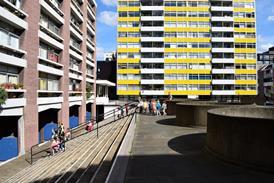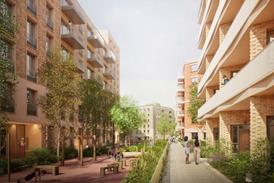- Home
- Intelligence for Architects
- Subscribe
- Jobs
- Events

2025 events calendar Explore now 
Keep up to date
Find out more
- Programmes
- CPD
- More from navigation items
Davidson Prize names 2025 finalists

Three teams handed £5,000 to develop their proposals for innovative forms of housing
The organisers of this year’s Davidson Prize have announced three finalists in the competition to design innovative ways to help the government meet its housing targets.
Teams including Ash Sakula, Clifton Emery Design and FLOC are on the shortlist for the £10,000 winning prize, which will be awarded in June as part of the London Festival of Architecture.
…
This content is available to registered users | Already registered?Login here
You are not currently logged in.
To continue reading this story, sign up for free guest access
Existing Subscriber? LOGIN
REGISTER for free access on selected stories and sign up for email alerts. You get:
- Up to the minute architecture news from around the UK
- Breaking, daily and weekly e-newsletters
Subscribe to Building Design and you will benefit from:

- Unlimited news
- Reviews of the latest buildings from all corners of the world
- Technical studies
- Full access to all our online archives
- PLUS you will receive a digital copy of WA100 worth over £45
Subscribe now for unlimited access.






